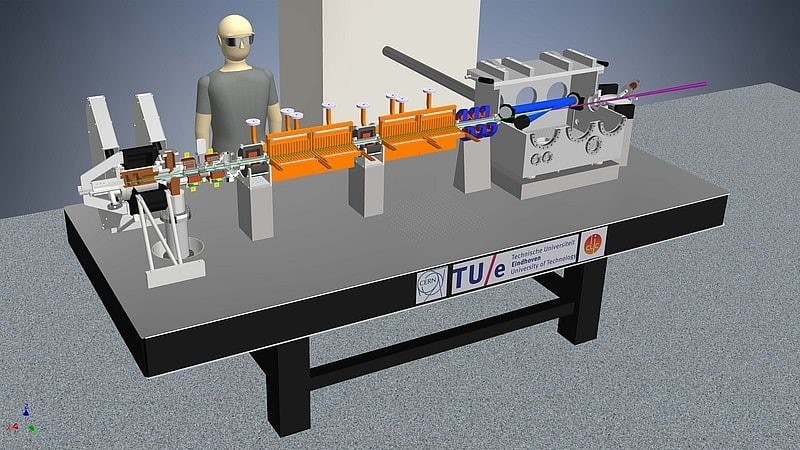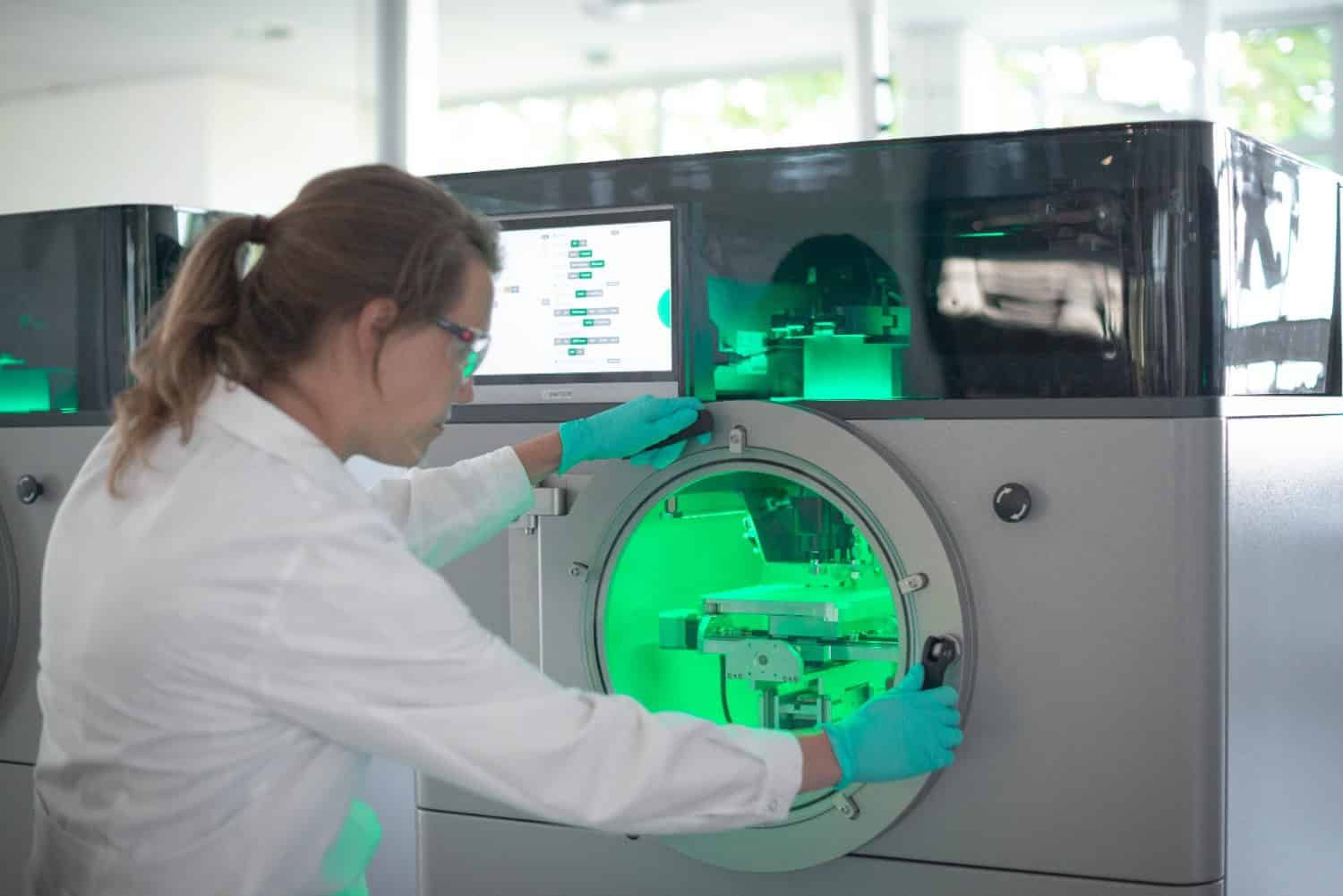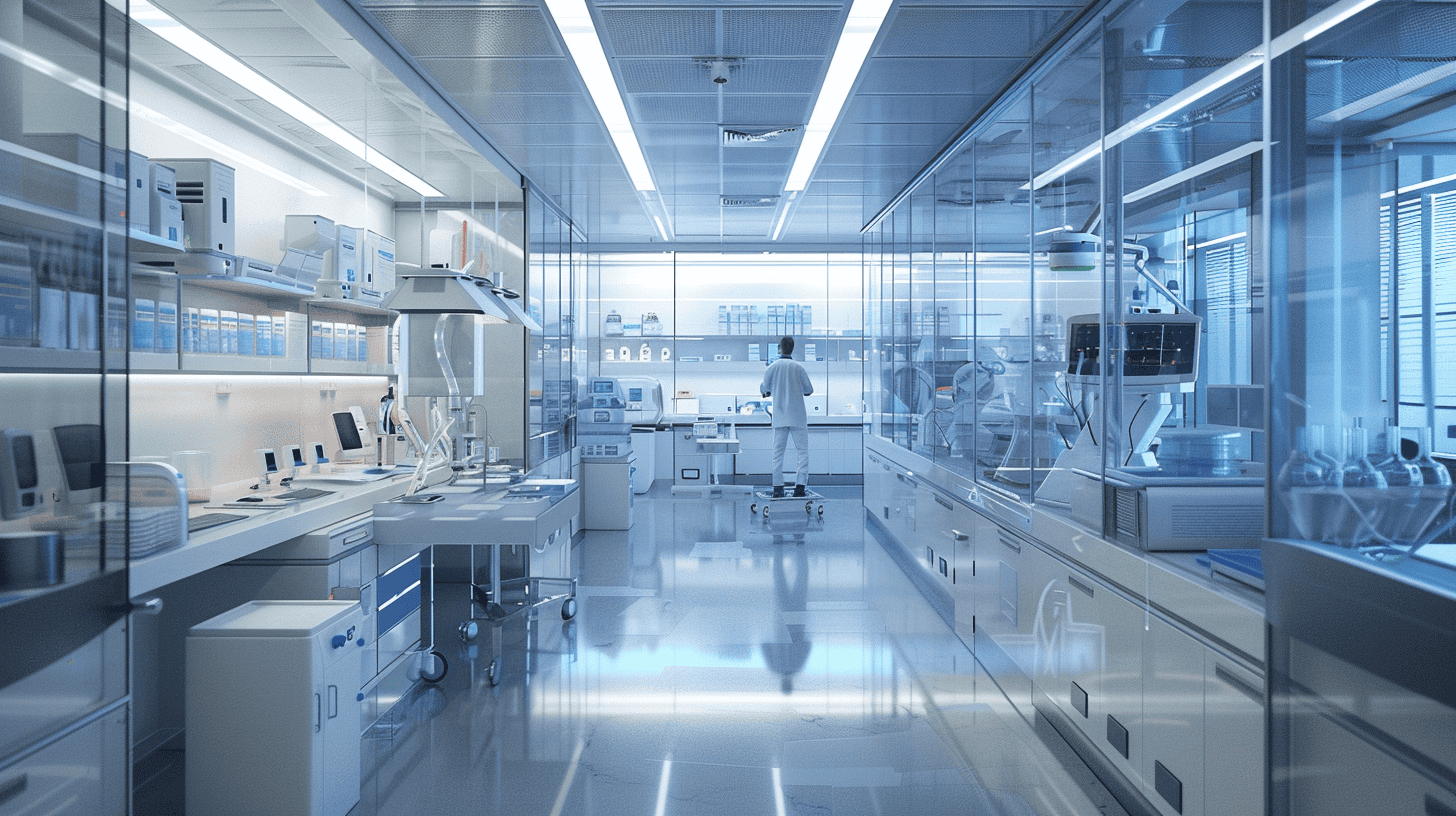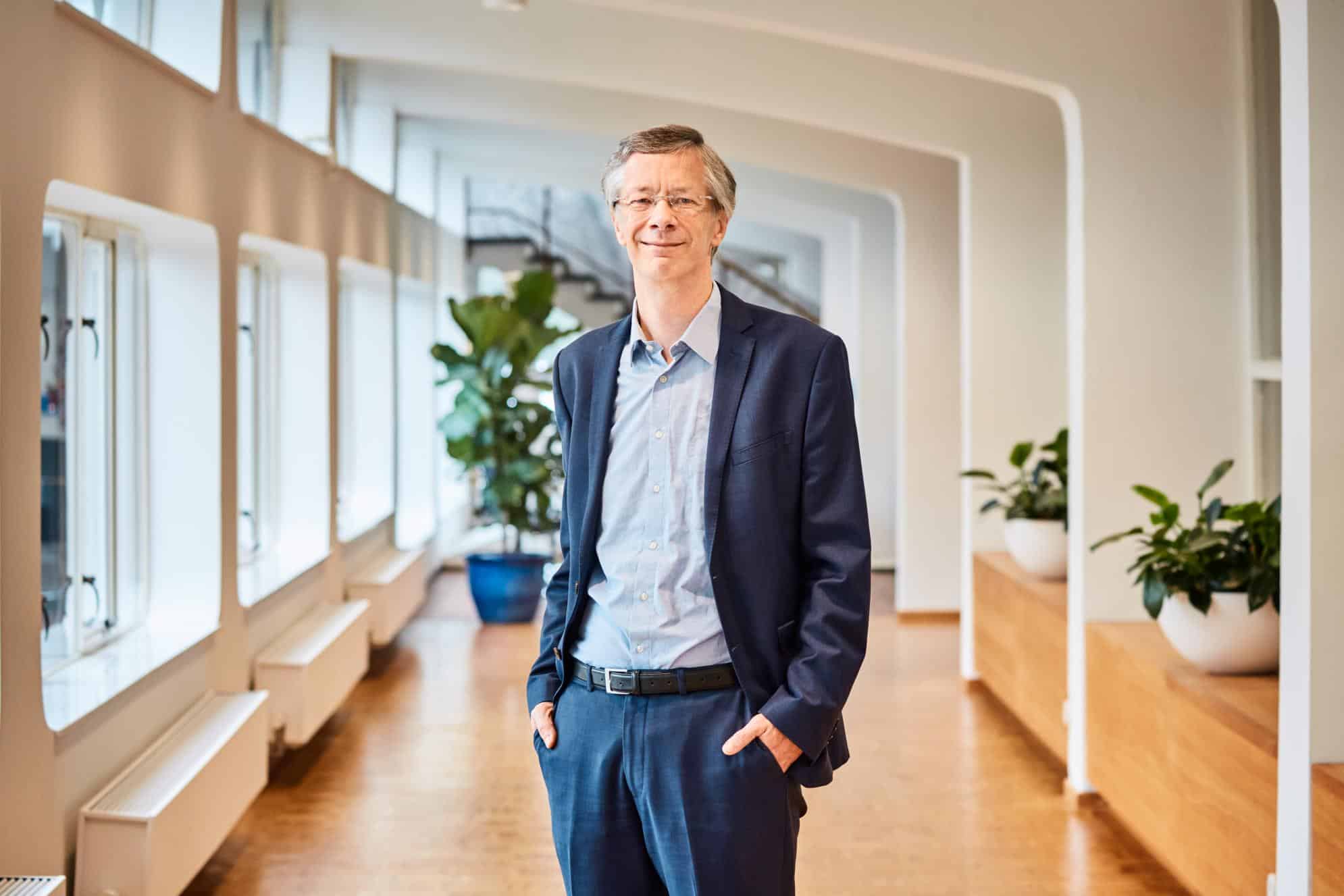
It’s one of the ten nominees for Dutch “National Icon” and maybe one of the lesser known ones. High time to show what Smart*Light, a scientific consortium of 12 organizations in the Netherlands and Flanders that works on a ‘tabletop synchrotron’, is all about.
In the research project Smart*Light, a compact and movable source of very bright X-rays with adjustable wavelength is developed. Smart*Light can ultimately be used in clinical applications for medical diagnostics, in research laboratories for the development of new materials and in museums to investigate important works of art. That combination of utilities is what makes the project extra interesting: it’s a health care initiative as well as an art project and an engineering aid. The project is led by TU Delft, with an important research role for the Eindhoven University of Technology.
Classic X-Ray
To screen a person for breast cancer, to inspect welding seams in pipelines and to view the chemical condition of artworks, all this usually happens with the same ‘classic’ X-ray technology, developed in the 19th century. This X-ray radiation, however, has a rather low intensity and is virtually unchangeable, so that only a snapshot can be taken and the information is often not sufficiently detailed. “For more advanced applications, such as the development of high-tech materials and new medicines, ‘coherent’ high-intensity X-rays are now indispensable”, Smart*Light’s researchers state. “However, this radiation is currently only produced in synchrotrons, large accelerators in which electrons move with almost the speed of light in a one-kilometre-long tube. With this synchrotron, radiation changes in materials and fabrics can be followed in detail in time and space.” The big problem is the limited availability of high-energy synchrotron radiation. “For various applications, travelling to a synchrotron – all outside the Benelux – is even unfeasible.”
Collisions between laser and electrons
Smart*Light uses new accelerator technology to convert laser light into intense and coherent X-rays by making them collide with a high energy beam of electrons. With this radiation, state-of-the-art analyses can then be carried out that are of value for various social sectors. “Although Smart*Light does not aim to replace existing synchrotron facilities, it will be an important addition to these facilities, thanks to the compact design. Users will, therefore, be less dependent on the scarce measurement time at large synchrotrons.”
Especially the mobile character is an important advantage, the researchers say: “The entire set-up will be less than four meters long and can, therefore, be used in any lab at will. For example, the instrument can be added on to a specific complex measurement set-up instead of the other way around.” The relationship between process conditions, microstructure and material properties can thus be more effectively investigated.
“This simplifies the development of new materials so that for example fatigue and corrosion in ships can be better counteracted, or the applicability of 3D-printed materials can be increased. In the long term, Smart*Light offers unique possibilities for medical diagnostics in hospitals and for research into top artworks by, among others, Rubens, Vermeer and Brueghel in museums. For example, the ability to analyze the chemical composition of artworks layer by layer is not only important for the preservation of art but also for authenticity research.”
Cross-border
The project involves intensive collaboration between universities, companies, museums and research institutes from different specialities. The X-ray source is being built at the Eindhoven University of Technology, and the universities of Antwerp and Ghent are developing the matching detection techniques such as X-ray diffraction, fluorescence and tomography. The involvement of TU Delft focuses in particular on the functionality of the instrument for material and art research. Other members are VDL ETG BV, Agfa Healthcare, Erasmus MC, Stichting tot Beheer Museum Boijmans van Beuningen, TI-COAST, XRE NV, Koninklijk Museum voor Schone Kunsten Antwerpen, and Stichting Materials Innovation Institute. TU Delft (MSE department at the 3ME faculty) is the coordinator of Smart*Light. The project received a subsidy of 2.85 million euros from the European Regional Development Fund (Interreg Vlaanderen-Nederland).








